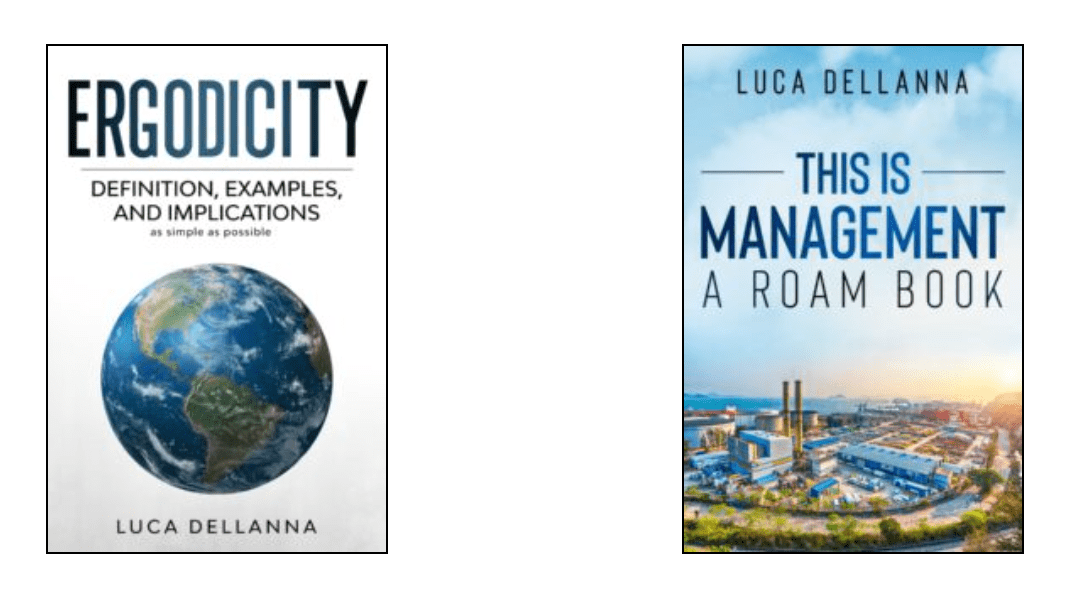A list of all podcasts, speeches, blog posts, projects, Twitter threads, and books published by Luca Dellanna in 2022.
The Control Heuristic got published two and a half years ago. While it got great reviews and I still believe that many of the ideas inside are correct, I since then changed my mind on some concepts and others proved incorrect. Below are some non-exhaustive corrections and additional notes. For a more technical reference, please check the papers I published over the last year.
The Control Heuristic was my first book, self-published without an editor. My later books all had an editor and better polishing, and I am a better writer now. I expect to publish a second edition of the book around summer 2020.
While the first version might still prove useful and thought-provoking, I suggest the formally rigid reader to wait for the second edition. For the same reason, the first edition is not available in print and the eBook is available for reference purpose, with a disclaimer at the top of its page.
Notes and corrections, ordered by chapter
- The rationale of irrationality: I would add that maximizing “Expected Emotional Outcome” (EEO) is the actual “target function” our brain tries to maximize, and the Control Heuristic is one of the emerging behaviors (because, of course, to maximize EEO one has to have some degree of control over his actions and their outcomes).
Note that the inverse scale of EEO represents vulnerability to physical damage. - What the brain wants: similarly, I would add high EEO as the formalization of what I meant by “comfortable for our brain”.
- What the brain doesn’t want you to know: again, keep in mind the concept of EEO while reading this chapter.
- The myth of willpower: I think this chapter nailed it.
- Irrational behaviors: again, keep in mind the concept of EEO while reading this chapter.
- The behavioral model: what I refer by “Judging Concepts” is, in my current opinion, a reference to two different mechanisms: one, which takes place in the Basal Ganglia and is described here, and the second one which takes place in the Cortex. The model described in the book mostly focuses on what is going on in the Cortex, whereas the most important part is what is going on in the Basal Ganglia, which is represented by the “intuitive valve” in the book but lacks some technical rigor, which can instead be found in the paper previously linked in this paragraph.
Regarding the “Conscious Self”, my current view is that consciousness is like a “simulation tool” used by the brain when it cannot use first-order thinking to predict the results of an action. More information on this in my papers, especially the one on L5. - Committing to fail: the formal explanation of the process can be find in my paper on the role of the Basal Ganglia on procrastination.
- Coherent justification and constructs: –
- Resistance to change: –
- Free will: –
- The switch: I do not believe in the concept of identities anymore; I believe they are post-hoc confabulations to explain our behavior, whereas EEO is the main criteria driving it. I talk about this and on how to chance habits extensively in my online course.
- Permission to change: mostly nailed it.
- Changing: while most of the tactics described there are useful, I refined the concept at length in my online course.
This was not an exhaustive list of corrections and notes. The Control Heuristic is old and my research wasn’t complete at the time. As I said, I’m working on a new book about brain behavior, which fully reflects the state of current research. Meanwhile, you can read my research papers which are more recent and more precise.



